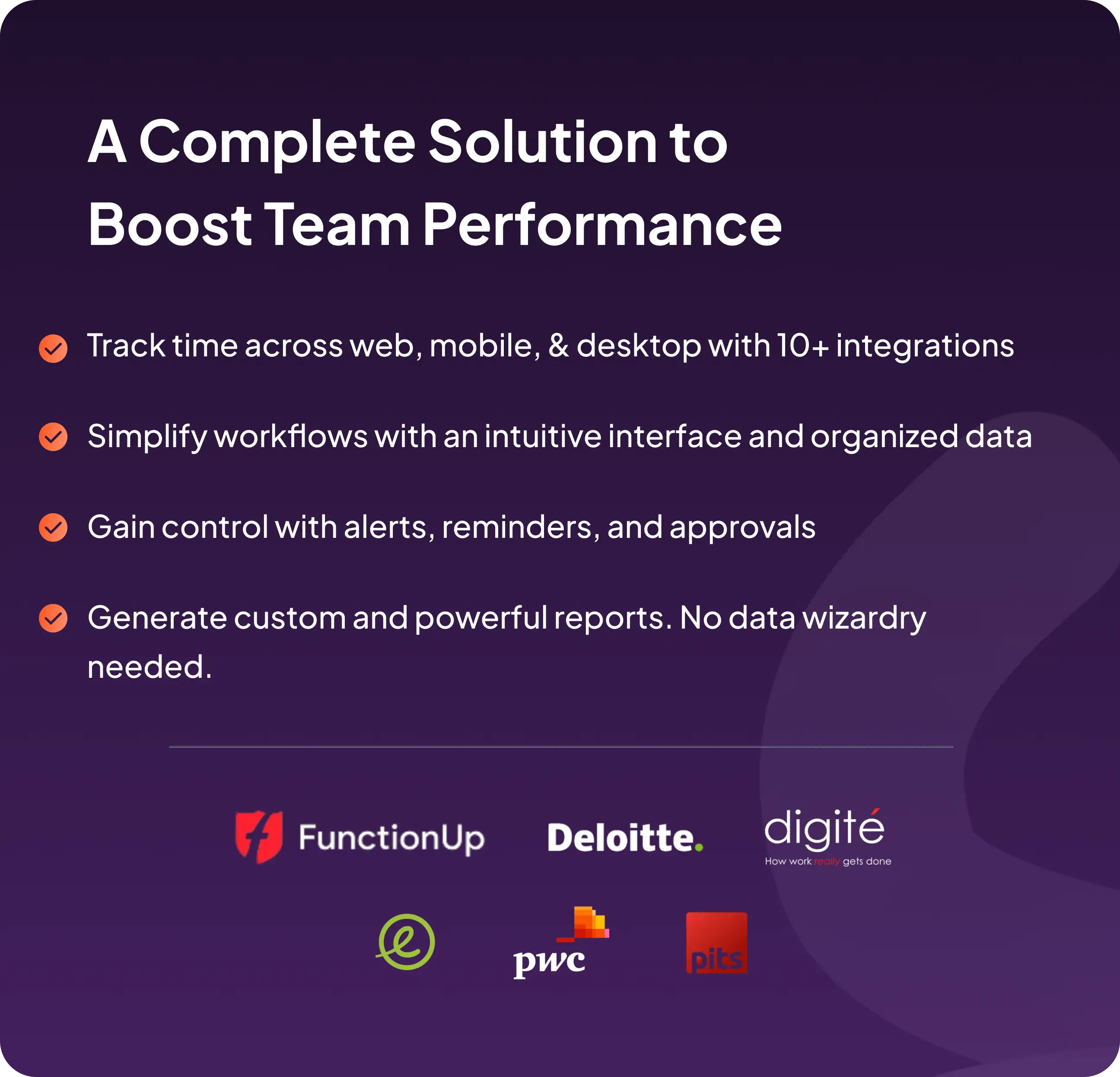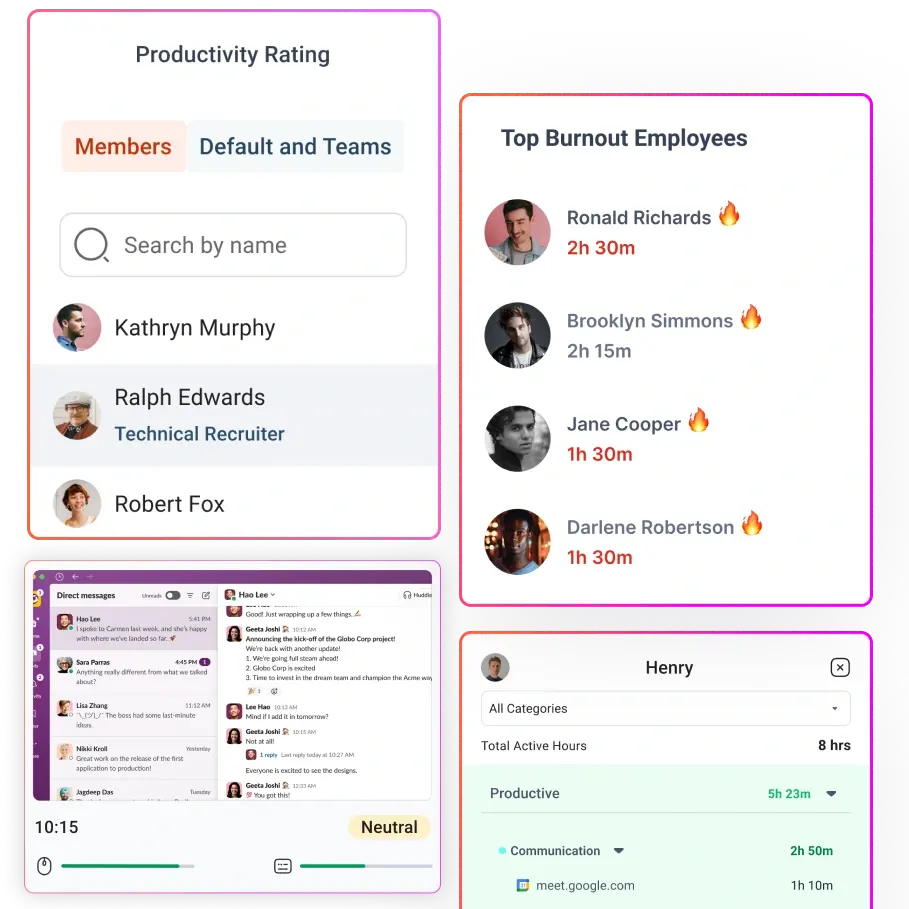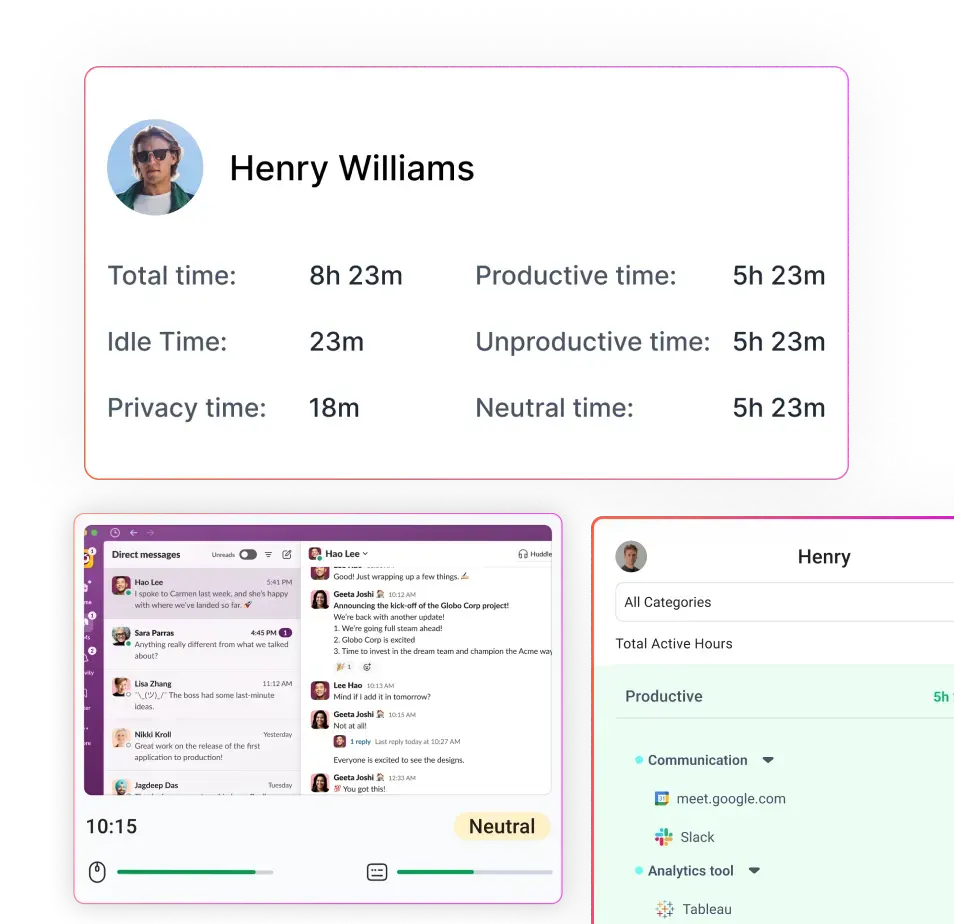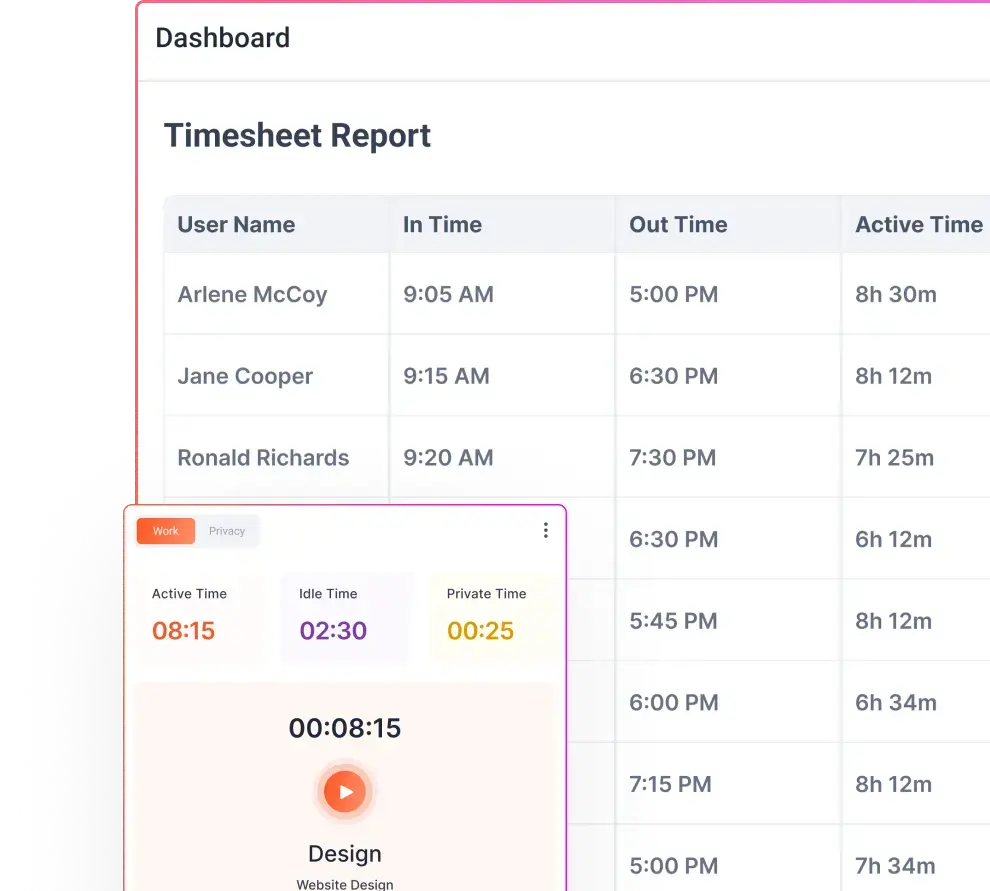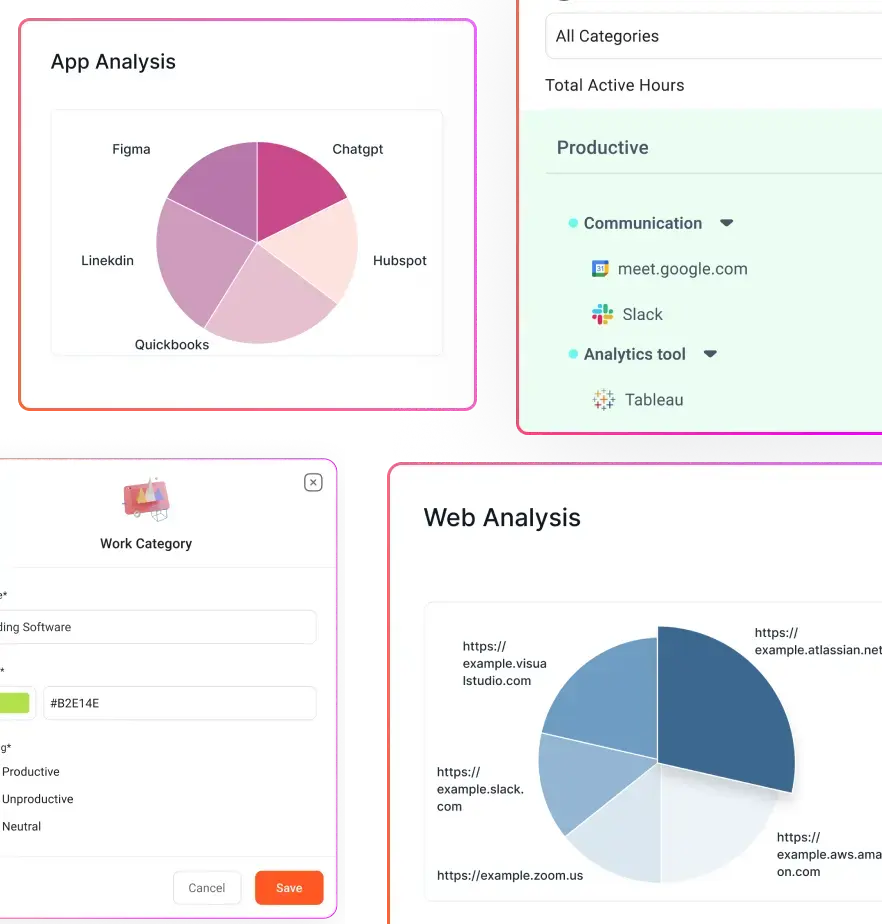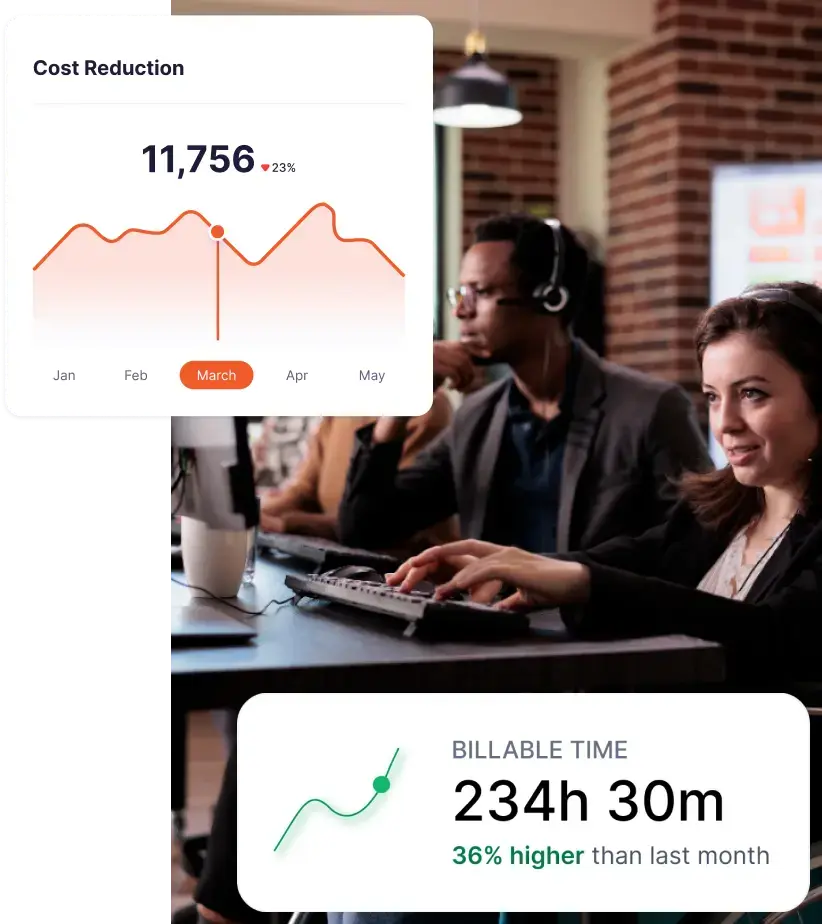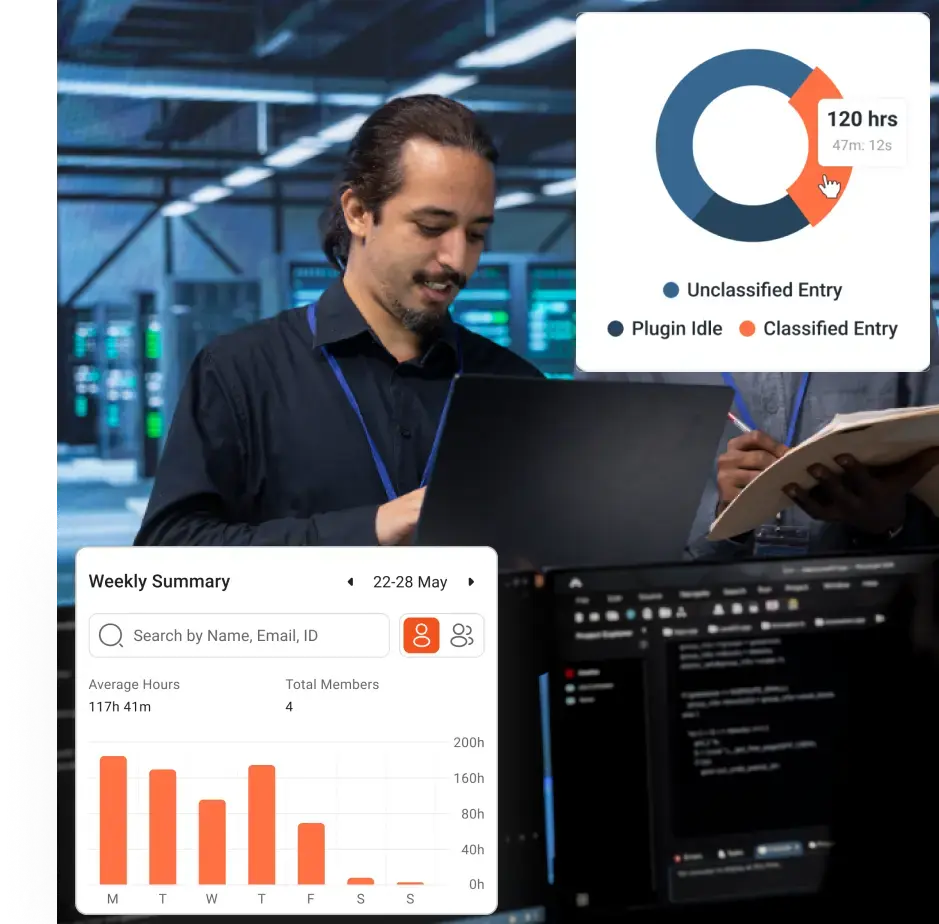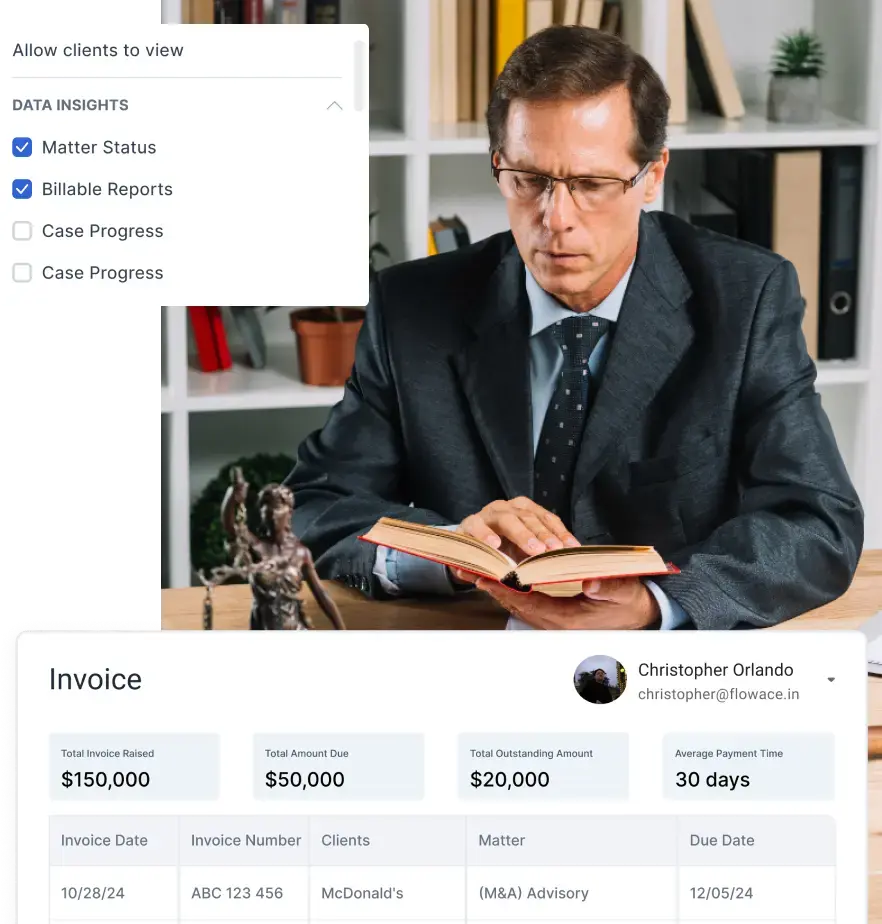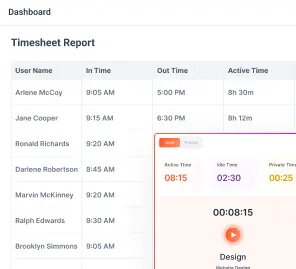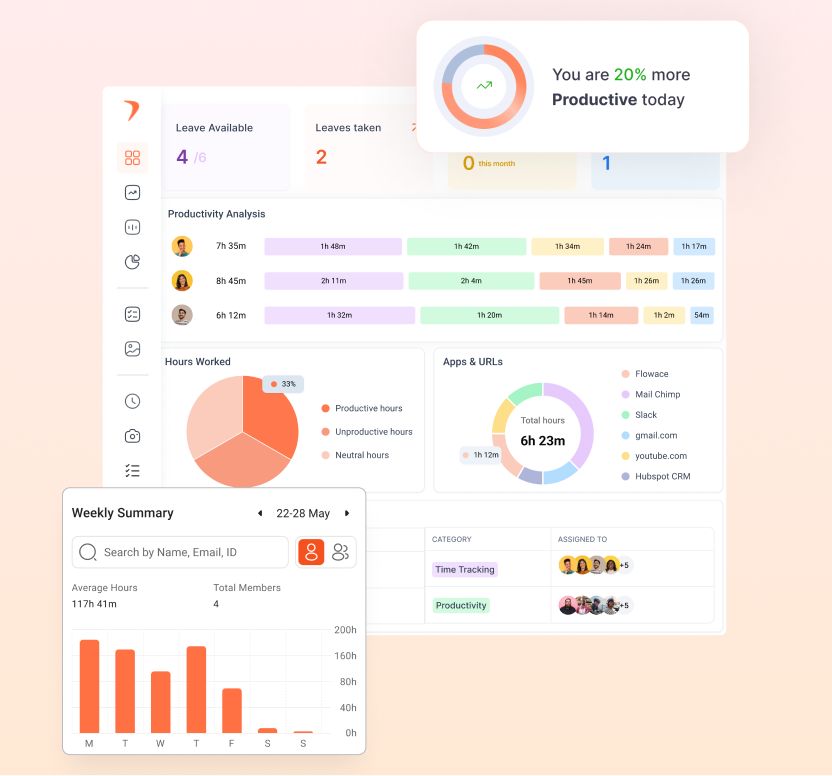“The peak hours of 9-5 are when I’m the most productive!”
-Said no one ever in 2023.
Today, office hours are anything but a fixed schedule. Back in the late 1800s, this infamous 8-hour schedule was considered to be the traditional hours of productivity.
Today, that belief is widely overridden by the new trend in the office workspace; flexible work schedules. The same work pattern for every employee is not how the diverse work climate of 2023 functions. The young, zestful workforce today consists of contingent workers, freelancers, temps, consultants, contractors, and interns who opt for autonomy and the freedom to structure their work as they deem the most productive.
Did you know? According to Eightfold’s data analysis, the participation of the contingent workforce is expected to rise significantly in the coming years. In 2023 alone, there could be an increase of 53%, despite a decrease in 2020 and an average growth rate of only 6% in recent years.
What Does Today’s Workplace Look Like? Tech Unicorns Answer
The above data, combined with the trends of the “new workspace” hypotheses that a flexible workforce has worked its way around building efficient remote teams throughout success stories of 2022/2023. The unicorns of the tech industry have already implemented the likes of remote working, as seen below:
Google had asked workers to make three days a week offline, allowing them to work from home the other two days.
Salesforce gives individual teams the choice to decide where and how they want to work.
Microsoft has instructed employees to maintain the hybrid mode between return to the office and work-from-home model proportionately.
In support of the current trend of remote working, Eightfold’s Chief Economist Sania Khan says that workers of today usually claim for three main things at the workplace:
- Autonomy
- Flexibility
- Digitisation
Similarly, employers also favour contingent workers because they appreciate the advantages of having access to a flexible, cost-effective, and capable talent pool.
The Productivity Challenge of Today’s Workplace
If your office space looks like any of the above and is still remote, that’s great. Yet, every comfort choice meets a definite roadblock.
You must also be aware of the grave challenges that come with managing and tracking productivity at your workplace with remote workers far away from your eyes and hiring freelancers to finish time-sensitive expert-level tasks.
A New Normal: 5 New Paths to Productivity
In the age of the new normal, it is bound that traditional productivity measures might not work. There is a dire need for innovative techniques that align with today’s workplace ethics. For that, one thing must be considered; the time length of a shift isn’t directly proportional to productivity. The quality of work is.
Harvard Business Review has found that on average employees who worked 50 hours a week were just as productive as employees who contributed 70 hours a week. Additionally, reports have stated that remote teams with flexible timings are 13% more likely to have employees stay at their jobs.
Here are some ways remote teams have been ensuring optimum productivity:
1. Virtual Coworking Sessions:
In 2020 alone, you will be fascinated to know that Zoom saw 200 million daily meeting participants, rising from just 10 million in 2019. This was one of the spearheaders at making virtual meetings a serious productivity strategy, which has now acquired points to be extremely effective for remote teams.
The crux of productivity states that the shorter the period, the more effective a worker is. Hence, remote teams found a way to schedule virtual coworking short sessions throughout the day where team members connect via video conferencing and resume working on their respective tasks. Collective working sessions over video call once a day improves accountability and motivation for team members to stay focused.
2. Personalised Workspaces:
With the flexibility of working from home, remote teams have opted for unique ways to incentivise employees with personalised workspaces, fitness tools, learning and development courses or home office equipment to help them stay comfortable and productive. This can include ergonomic chairs, standing desks, or noise-cancelling headphones. For example, Zapier offers a stipend of $500 for employees to purchase home workplace equipment.
3. Slack Integration:
Slack’s easy-to-access productivity messaging platform has gained traction among remote teams. Communication being a primary problem, Slack offers seamless collaboration for teams to coordinate. Remote teams can simplify their virtual workspace with important Integrations apps like Trello, Asana, or Google Drive all stacked in one place under Slack can help team members stay organised without derailing.
4. Gamification:
Positive reinforcement has been on the books for micro-rewarding employees for ages. Gamification is a relatively newer concept developing on the same theory. Building a dopamine environment by gaming design aesthetics, employees work their non-gaming tasks on gaming like a platform.
For instance, fully remote GitLab implemented a points-based structure where coders earn points for completing their respective tasks. Similarly, Salesforce sales reps are given a gamified work platform where they get a chance to earn points, and badges and get rewarded for contributing to the company’s sales goals.
5. Time-tracking software
A recent data-driven article published by Gartner shows that the global market for time-tracking software is projected to reach $11.6 billion by 2025, indicating an important supply and demand for this technology in remote and normal office space. Time tracking software generates promising factors of productivity, providing exceptional tools for employee monitoring, expense and invoice billing, as well as project management techniques to identify employee gaps, project outlines and digitise the entire process of management for team leaders.
If you’re not fully remote yet, but contemplating it, we understand. Considering today’s economic downturn of tighter budget allocations, simultaneously balancing with the risk of going remote, we framed this article to give you an insight into how nothing is impossible, even with a little bit of risk.
As of October 2022, two years after the Covid outbreak, Zippia’s remote workforce Statistics report that up to 92% of employees in the US work at least one day per week remotely, whereas the average U.S. worker works 5.8 remote workdays per month.
6. Non-Tech Productivity Techniques For Offline Teams
If your team works in a hybrid/fully offline mode, odds are that you would want to understand some of the organic ways of productivity that are still impactful in today’s workplace. Even if you manage a remote workforce, these time-tested strategies can complement digital tools to keep performance levels high.
That is to say, traditional practices of productivity need a revamp. Ever since the life-changing pandemic loomed upon us, the way of life has overturned many traditional ways of doing things. As mentioned earlier, flexible time management wasn’t a trend, virtual productivity tools weren’t to be trusted, and the mental well-being of employees was the least of team leadership concerns, and for an understandable cause. However, productivity’s definition has changed.
As of today, recent methodologies like Agile structures and opting for website blockers have significantly proved more effective than promoting the abstract notions of traditional productivity technique lists, such as “waking up early” and “making a to-do list”.
Businesses that embrace modern productivity techniques are finding it easier to streamline workflows, reduce wasted time, and achieve project goals efficiently. Implementing practical day-to-day techniques into an employee’s workflow for the estimated project time has grown to be much more specific.
Here are some of the primary life-changing ways to improve productivity in the office workspace, that team leaders and workers can implement:
7. Defeat employee procrastination
Set specific and achievable goals for each employee at the start of every project. Employees will only get to work when their time is relatively less for a specific task that can be completed to keep pace. Setting specific and achievable goals can help you focus and avoid procrastination. Break down large tasks into smaller, more manageable tasks, and create deadlines for each task.
8. Use time management techniques
Even before technology came to rise, people still found a way to manage their time. In the purest case that digitisation hasn’t taken over your team space yet, here are some scientifically proven organic time management techniques that have proven to be effective:
- Time blocking: Blocking out specific measures of time is a proven method that employees have used on their calendars. This way, each time gap is dedicated to a specific task.
- Batch process: Ask your employees to collate similar tasks together in their schedules. For example, if Responding is the common criterion, then batch activities like responding to emails, making phone calls and typing out pending letters together so all can be finished in one go.
- Pomodoro Technique: Pomodoro Technique is a tried and tested time management technique that works on the simplicity of the 25/5 rule. Structuring your employee time into 25-minute time slots for tasks assigned, and crisp 5-minute breaks in between each slot have proven to be effective for many teams for smaller task loads.
- Eisenhower Matrix: Categorising and boxing tasks under subheadings have been the oldest traditional method of productivity, now used in time tracking software. The Eisenhower Matrix works based on dividing tasks into four different quadrants – Important & Urgent, Important & not urgent, Not important & urgent, and Not important & not urgent. This method promises a more specific way of effective productivity working schedule for employees working today.
9. Set up accountability
There is a reason why accountability is one of the most brooded upon, yet effective measures of productivity when your employees are working on important tasks. Accountability can help you stay on track and avoid procrastination from your employees. Some ways to measure accountability are:
Document and convey realistic expectations and goals for each employee and deliver it to them.
- Provide productive feedback at the end of every task.
- Use feedback from your employees to improve your leadership.
- Practice communication, share your goals publicly with your team and account for progress simultaneously.
10. Use time tracking software:
Even though this particular list consists of organic “non-tech” methods, we can’t help but make an exception here with this one method of productivity that has time and again proved to generate improved quantitative revenue. A time tracking software makes every step of a manager’s monitoring act seamless.
Moreover, automation answers the most significant questions of productivity more than anything else. Team leaders should always opt for automated time-tracking software like Flowace over manual time-tracking software. Flowace’s AI-driven platform becomes your best choice as it streamlines tracking time for all the projects you work on. The out-of-bound tools of Flowace, including auto-categorization, phone call tracking, and activity screenshots, make it an all-encompassing personal advisor to your enterprise, in addition to tracking apps and websites accurately and filling them out with detailed timesheet tracking on your dashboard.



